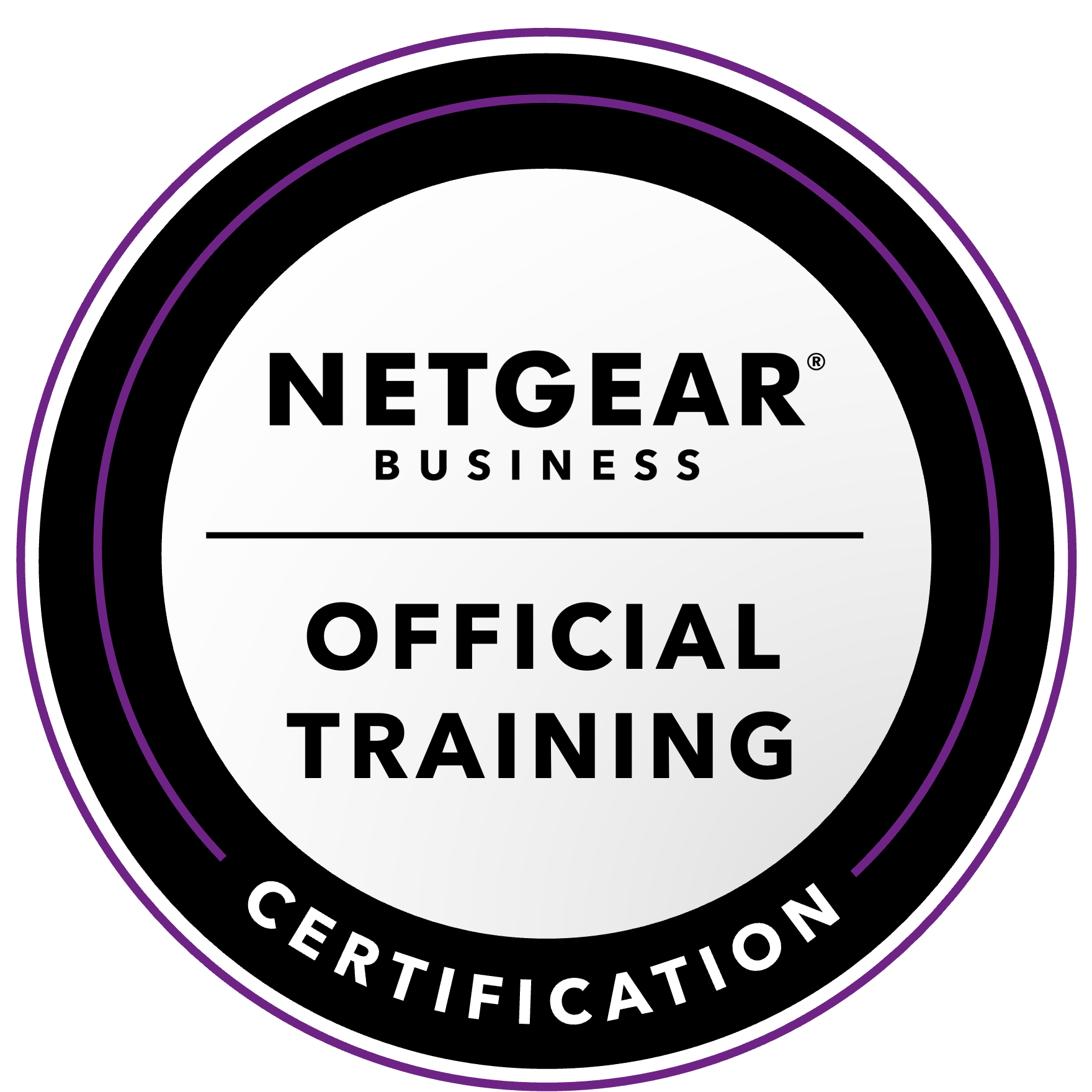NETGEAR is aware of a growing number of phone and online scams. To learn how to stay safe click here.
Forum Discussion
ChunkySocks
Jun 25, 2020Guide
Migrating from ReadyNAS Ultra 2 (x86) to ReadyNAS 212 (ARM)
Hi,
Having just acquired a 212 with it's 4-core ARM processor to replace the Atom single-core on my current Ultra 2, I am wondering how best to go about the migration from using the latter to the former.
Can I just swap the 2 x 3TB HDDs out of the Ultra 2 and put them in the 212? Since the Ultra 2 uses an Intel x86 CPU and the 212 uses an ARM processor, I'm guessing perhaps not.
Regarding getting the configuration settings over to the new machine, the Ultra 2 backs up my partners macbook with TimeMachine whilst I have installed the Logitech Media Server NT app (Developer NAStools, version 7.9.0.b7dfc80-nt1) to use with all the music and a Plex Media Server to use with all film / TV.
Other than that, I installed Syncthing using the command line.
If my partner has to start afresh with her TM backups, that wouldn't be the end of the world as she has a separate TM backup elsewhere but I definitely want to have access to all the track ratings and play counts I have built up using LMS.
At some point in the future, finances permitting, I intend to upgrade the HDDs in use from 3TB to 6TB or 8TB, whether that has any bearing on the migration but just mentioning it.
I have seen a couple of other threads but couldn't find any official guidance from Netgear, is there any? In addition, do I need to worry about BIOS on either machine? I have already fired up the 212 to check it worked and both it and the Ultra 2 are running OS 6.10.3. The Ultra 2 is using X-RAID / RAID 1.
Thanks in advance for anyone taking the time to reply.
9 Replies
Replies have been turned off for this discussion
- StephenBGuru - Experienced User
ChunkySocks wrote:
Having just acquired a 212 with it's 4-core ARM processor to replace the Atom single-core on my current Ultra 2, I am wondering how best to go about the migration from using the latter to the former.
Can I just swap the 2 x 3TB HDDs out of the Ultra 2 and put them in the 212? Since the Ultra 2 uses an Intel x86 CPU and the 212 uses an ARM processor, I'm guessing perhaps not.
I have already fired up the 212 to check it worked and both it and the Ultra 2 are running OS 6.10.3.
You can, but you need to uninstall all your apps first (since they are platform dependent). Then reinstall them after the migration.
There is some risk, since the normal (e.g., better tested) migration path is from arm->x86, not the other way around. In either direction, it is best to make a full backup first.
Though what I'd do myself is get new disks for the new NAS. Then migrate the files using ReadyNAS backup jobs (one per share). Then re-purpose the Ultra as a backup NAS. If you go down this path, then I suggest avoiding 2-6 TB WD EFAX Red drives, as they are SMR. Either go with 8 TB drives or larger, or go with Seagate Ironwolf.
StephenB wrote:
ChunkySocks wrote:Having just acquired a 212 with it's 4-core ARM processor to replace the Atom single-core on my current Ultra 2, I am wondering how best to go about the migration from using the latter to the former.
Can I just swap the 2 x 3TB HDDs out of the Ultra 2 and put them in the 212? Since the Ultra 2 uses an Intel x86 CPU and the 212 uses an ARM processor, I'm guessing perhaps not.
I have already fired up the 212 to check it worked and both it and the Ultra 2 are running OS 6.10.3.
You can, but you need to uninstall all your apps first (since they are platform dependent). Then reinstall them after the migration.
There is some risk, since the normal (e.g., better tested) migration path is from arm->x86, not the other way around. In either direction, it is best to make a full backup first.
Though what I'd do myself is get new disks for the new NAS. Then migrate the files using ReadyNAS backup jobs (one per share). Then re-purpose the Ultra as a backup NAS. If you go down this path, then I suggest avoiding 2-6 TB WD EFAX Red drives, as they are SMR. Either go with 8 TB drives or larger, or go with Seagate Ironwolf.
Thanks for your reply.
Re: ARM → x86
That's strange, I had assumed that since the 212 was a more recent model of ReadyNAS than the Ultra 2, that Netgear had transitioned from using Intel x86 to ARM processors... or have they always used different processors depending on the ReadyNAS model? Amyway, I hope I am correct in that the 212 should represent an improvement in performance over the Ultra 2, though dependent on the my use case I suppose.
The information I most value using the Ultra 2 is all the track ratings and play counts used by the Logitech Media Server, so if there isn't a LMS ARM app, then I may not even be able to proceed with the migration.
I agree that in an ideal situation, I would have the new disks to insert into new NAS but... I don't currently have the funds to acquire 2 x 8TB drives. If a good deal comes up for some 8TB external HDDs that I can shuck, hope they are WD REDs and use, great, I'm all in but for the moment I will have to proceed with what I currently have.
You mention re-purposing the Ultra 2 as a backup NAS, can I ask why? Is this through an overabundance of caution for extra redundancy since a single NAS using RAID 1 will already have redundancy?
- StephenBGuru - Experienced User
ChunkySocks wrote:
You mention re-purposing the Ultra 2 as a backup NAS, can I ask why? Is this through an overabundance of caution for extra redundancy since a single NAS using RAID 1 will already have redundancy?
<backup lecture> RAID redundancy doesn't replace the need for backup. RAID simply isn't enough to keep your data safe - there are many, many posts here from folks who made that assumption, and learned that lesson the hard way.
RAID allows you to deal with routine disk replacements (including single disk failures) w/o losing access to your data. It also allows you to expand your volume easily. It is largely about data availability, not data safety.
Looking more broadly at what causes data loss, there are many threats where RAID is of no value.
- user error
- ransomware or malware
- physical threats - power surge due to lightning, theft, fire, flood, etc
- hardware or software problems with the chassis that corrupt the file system,
- multiple disk failures (which happen more than you might think).
A solid backup plan addresses threats like these. A backup NAS can protect against many of the threats above (though it doesn't cover the physical threats). Personally I keep three copies of everything I care about - and I do use cloud backup to address the physical threats.
If you don't have a backup of your data on a different device, then at some point you will lose it. It's just a matter of time.
Cost is of course a consideration. But data recovery is very expensive (and often the data can't be recovered). So IMO the best strategy is to expand your backup system as your storage needs increase. At the very least, make sure your irreplaceable files (personal photos/videos, personal documents) are well backed up. And also think about how hard it would be to recover your LMS library from scratch.</backup lecture>
ChunkySocks wrote:
Re: ARM → x86
That's strange, I had assumed that since the 212 was a more recent model of ReadyNAS than the Ultra 2, that Netgear had transitioned from using Intel x86 to ARM processors...
Your history here isn't right. The short story is that for a long time they've had entry level products that weren't x86, combined with performance products that were x86. Over time the entry level product performance has improved a lot.
Here's the longer version:
The original ReadyNAS platforms used Sparc processors (and run 4.1.x firmware).
Later on the higher-performing Pro, Ultra family were introduced (which run 4.2.x firmware, unless converted to OS-6). These did not replace the Sparc line - those products instead were re-positioned as entry-level NAS.
By 2011, the Sparc platforms were no longer competitive, and Netgear replaced them with transition products (NV+ v2, Duo v2). These use arm processors, and run 5.3.x firmware. So at this point Netgear offered Arm for the entry level NAS, and x86 for higher performance.
In 2013, OS-6 platforms were introduced. The RN100 was arm (and entry level), the other models (RN300 and above) were x86. The RN200 line was introduced a bit later on, and offered quite a bit higher performance than the RN100 (more memory, and 4 cores instead of 2). More recently they retired the RN100 (along with the RN300 and the RN51x models).
ChunkySocks wrote:
I hope I am correct in that the 212 should represent an improvement in performance over the Ultra 2, though dependent on the my use case I suppose.It is faster than the ultra 2. The ultras generally deliver ~60 MB/sec large file transfer speeds. The RN212 delivers over 100 MB/sec (limited by the speed of gigabit ethernet).
ReadyNAS x86 platforms do have some additional features, and the higher end models can handle more CPU intensive apps more easily (for instance plex transcoding). Though the RN214 can also transcode HD to SD in realtime. Also, there are some apps that are x86-only.
ChunkySocks wrote:
The information I most value using the Ultra 2 is all the track ratings and play counts used by the Logitech Media Server, so if there isn't a LMS ARM app, then I may not even be able to proceed with the migration.
I don't use LMS myself, but other users here have posted that they have installed it on their RN212 systems. https://community.netgear.com/t5/Using-your-ReadyNAS-in-Business/Logitech-Media-Server-work-out-of-the-box-on-6-9-3/m-p/1592145#M146690
Related Content
NETGEAR Academy

Boost your skills with the Netgear Academy - Get trained, certified and stay ahead with the latest Netgear technology!
Join Us!
